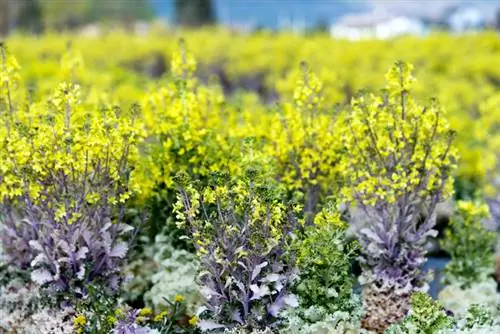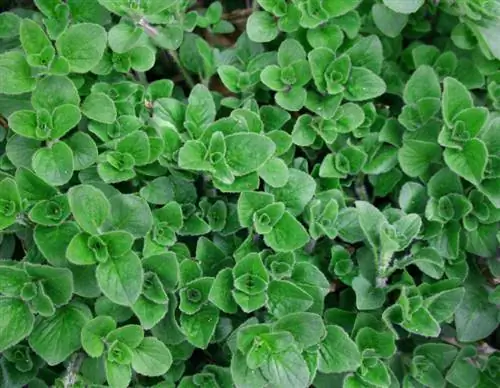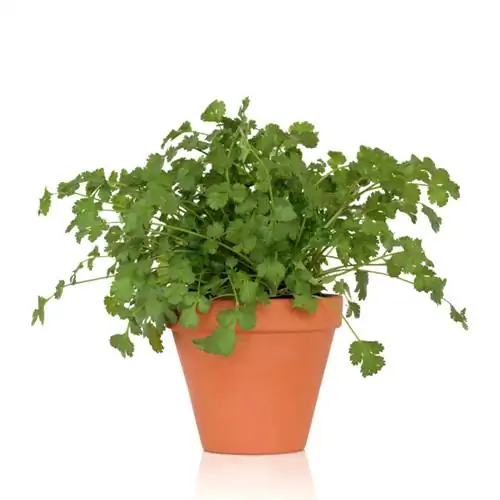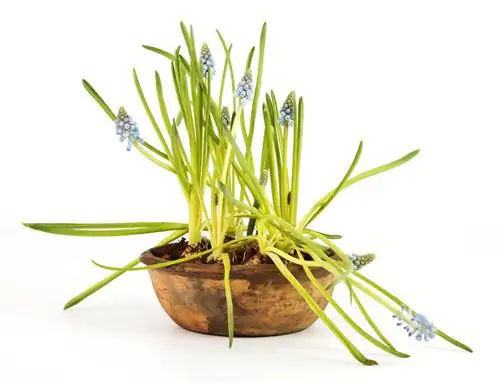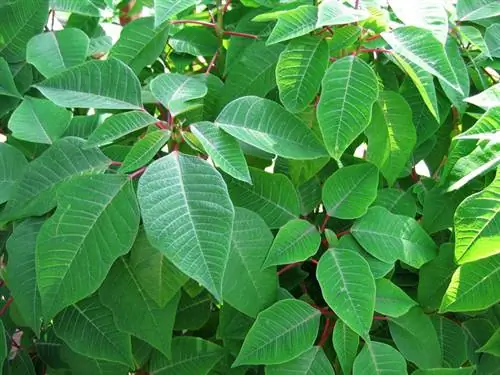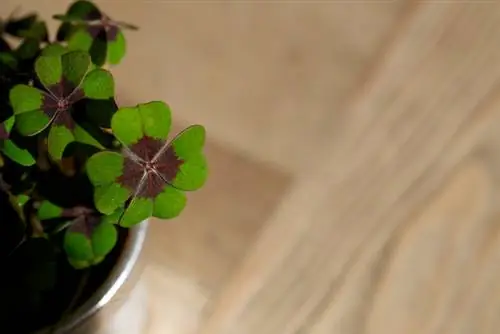- Author admin [email protected].
- Public 2023-12-25 17:45.
- Last modified 2025-01-23 11:20.
Kale is perennial, but is usually only grown as an annual. Below you will find out why this is the case and how you can grow your kale per year.
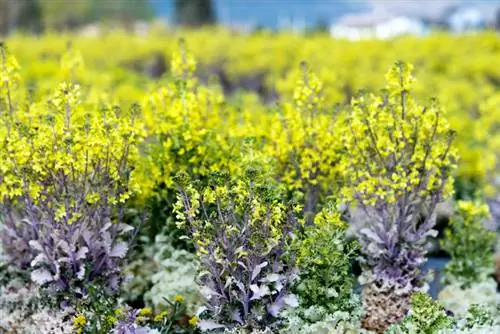
Why is kale usually grown as an annual?
Kale is perennial but is often grown as an annual because it tastes bitter in the summer and blocks space for other plants. In the second year it flowers, produces seeds and then dies.
Kale is biennial
Kale is normally a two-year-old. You can read this on your seed package. However, it is often only grown as an annual. The reason for this is simple: Kale is very starchy in the warm season and therefore tastes bitter. Only in the cold season (not just when there is frost!) does it produce less bitter substances, but still glucose, so it tastes sweeter and milder. The harvest season begins in October and usually ends in February at the latest. Therefore, kale is practically unusable from May to October and also takes up space that could be used for other plants. Another problem is that kale too belong to the cruciferous family, where, like other heavy feeders, a special crop rotation must be observed. After any type of cabbage has been grown, the bed must recover for three years before you can grow cabbage again. If you leave the cabbage for two years, you essentially “lose” a year in which you can hardly use the cabbage anyway.
Harvesting kale in the second winter
Kale is considered biennial, but can only be harvested in the first winter. The following summer it will bloom and then die, because like all plants, kale's only goal is to reproduce.
The flower of the kale
But if you leave your kale in the bed over the summer, it will produce a beautiful, bright yellow flower with the four petals typical of cruciferous vegetables. After flowering, the kale then produces seeds that you can collect and use for sowing next year. But be careful: don't sow seeds in the same place!

